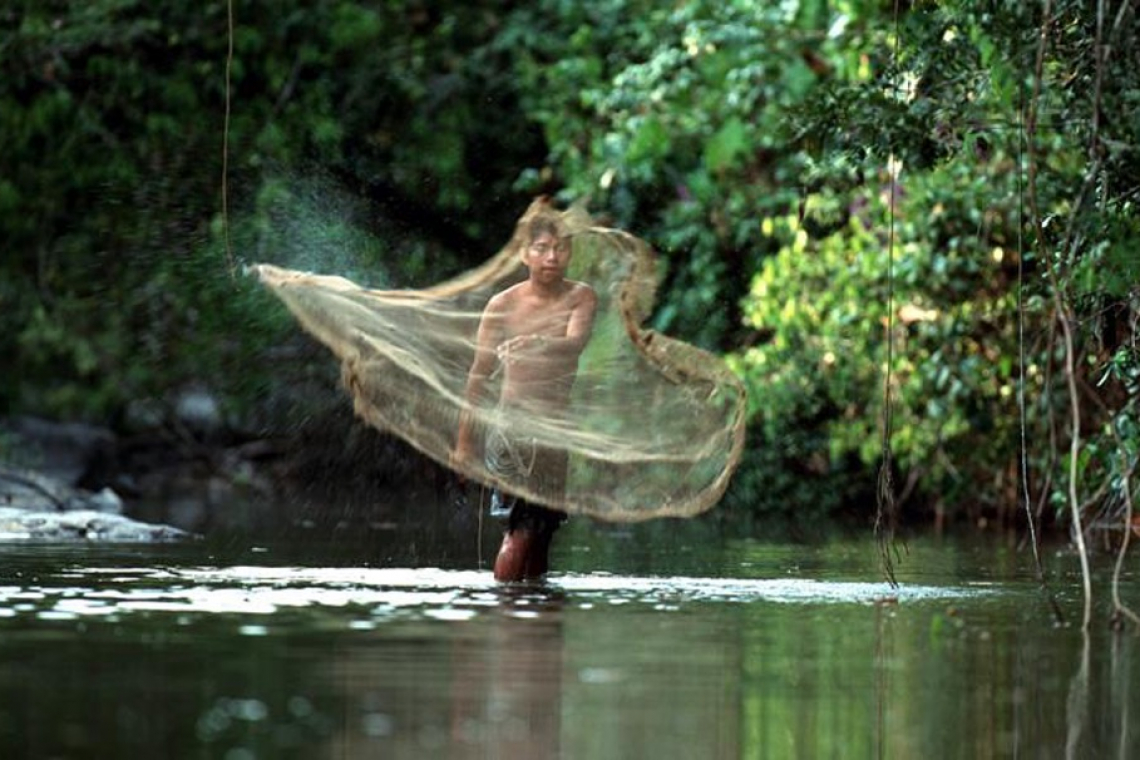“Tourism preserves our environment, culture, and livelihood”: Guyana's smallest indigenous group calls for visitors to help protect their endangered rainforest and land rights through first ever visits.
When the indigenous leaders of the remote village of Warapoka decided they wanted to preserve their rainforest home and way of life, they saw tourism as the most effective method. With support from the Guyana Tourism Authority, revenue from tourists will provide the critical financial resources needed for the local community, environmental preservation efforts, incentives to preserve rapidly disappearing culture, and their COVID-19 recovery.
The 600-person indigenous Warau community of Warapoka, Guyana has watched in fear as its neighbouring communities experienced cultural and environmental loss over the past decade. Despite protection efforts, each year, acres of Guyanese rainforests and landscapes are lost to natural resource extraction like gold mining, and more young people leave for the cities in search of economic opportunities. The Warau community of Warapoka were committed to finding a way to prevent their community from succumbing to this classic story of irreversible cultural and environmental loss.
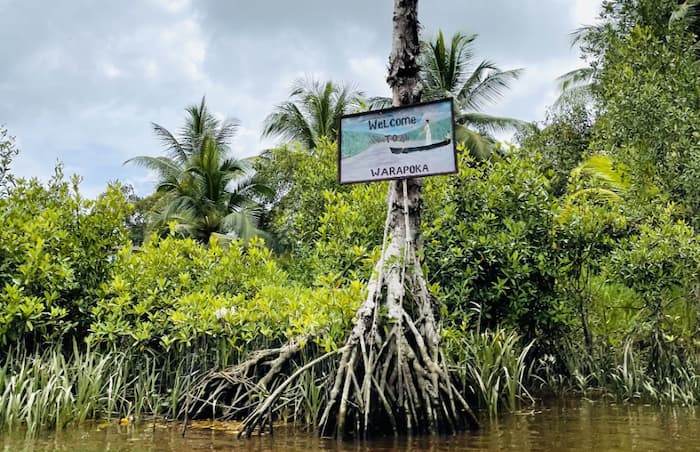
The Warau people are one of nine indigenous communities in Guyana dedicated to protecting the rainforest, which still covers 75% of the country. Inspired by global examples of tourism for conservation benefitting rural communities and ecosystems in other threatened environments (such as African safaris), local leader Jaremy Boyal decided to explore what it would take to bring tourism to Warapoka. Warapoka is a rare wildlife haven, set in healthy, hyper-biodiverse rainforests along the wide Waini River in Northwestern Guyana, far from the more frequented Rupununi circuit in the country’s Southern savannahs. The logistics surrounding bringing tourists here were difficult. Until recently, the village was only accessible by six hours of boats and winding roads from the capital of Georgetown.
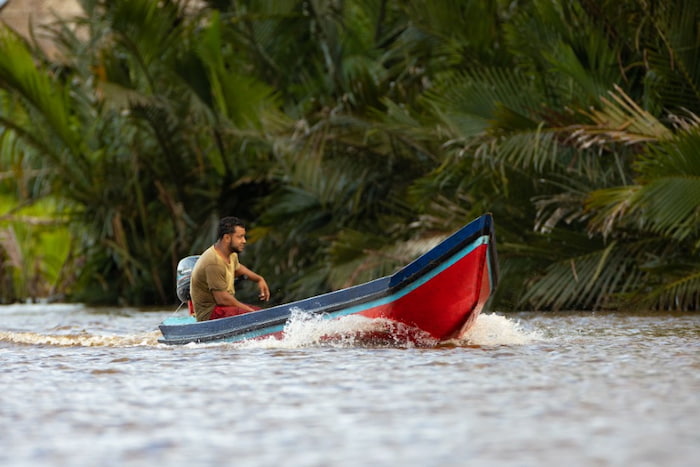
Jeramy was persistent with his vision, understanding the beauty and uniqueness of Warapoka, which is home to species like Harpy Eagle (the largest eagle in the world) and rare and beautiful Agami Herons, and wanted to share his hidden gem with the world. After being elected as Toshao (local mayor of the village) and first Chairman of the Warapoka Tourism Committee, he started to engage other community members in this conversation: understanding the boat drivers, local guides, and elders with better knowledge of traditional customs, and more. He soon discovered the extent of buy-in from community members and found that many in Warapoka wanted to collaborate and share the story of their village with the world.
“If I could tell the world one thing about Warapoka, I would tell them Warapoka wants to create jobs and generate income for the villagers while preserving the rich and pristine environment for future generations. You are invited to visit Warapoka and experience our ways of life, while contributing towards preserving the environment and natural resources.” - Jaremy Boyal

Instead of merely hosting tourists, the committee decided to find a way that tourists themselves could play a direct role in supporting conservation every day of the trip. The resulting product is an extensive itinerary involving wildlife surveying, animal spotting, traditional culture shows, cultural exchanges, and sampling the local cuisine. This exclusive experience, curated with the support of the Guyana Tourism Authority (GTA) and the regenerative travel company, Friends of Wallacea, introduces travellers to the rich Warau culture and pristine environment of northern Guyana while focusing on rainforest conservation. Visitors will gain experience contributing to research on local wildlife like jaguars, monkeys, giant anacondas, and Agami herons alongside naturalists and indigenous guides, becoming part of an international team of dedicated adventurers and conservationists who will contribute to brand-new scientific research and experience rural indigenous livelihoods firsthand. With support from the GTA, Warapoka now has weekly flights landing a few hours’ boat ride away, making it more accessible to visitors.
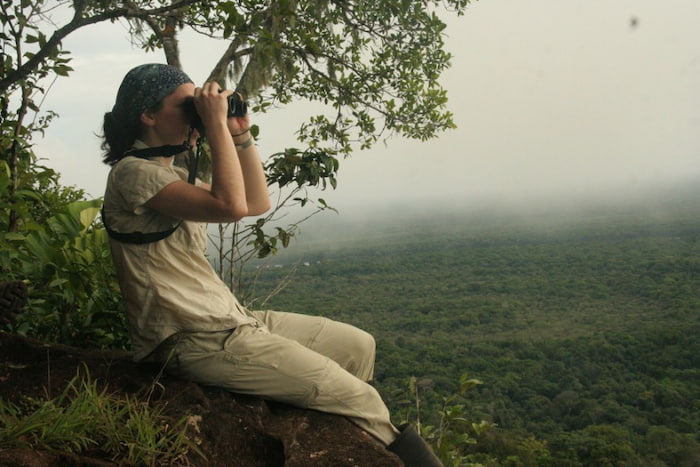
“In a lot of areas that you go to in Guyana, while you get to interact with people, the difference with Warapoka is that you get to see their daily activities more. The distance between people’s houses is just a stone’s throw. So you’re completely surrounded by the local people. If there is a cultural event, the whole village comes out. The whole village! It is a village of people that are really keen to show visitors their way of life, and they take great joy and pride in doing it. When you go there, you feel like part of the community.” - Luke Johnson, Guyanese tour guide
“Tourists coming to my village provide employment for residents, create some revenue for the village farmers, fisher-people, housekeepers, tour guides, etc. And very importantly, it contributes towards the preservation of the environment and culture. Our unique way of life can be experienced by foreigners.” - Jaremy Boyal, Toshao of Warapoka Village and Chairman of Warapoka Tourism Committee
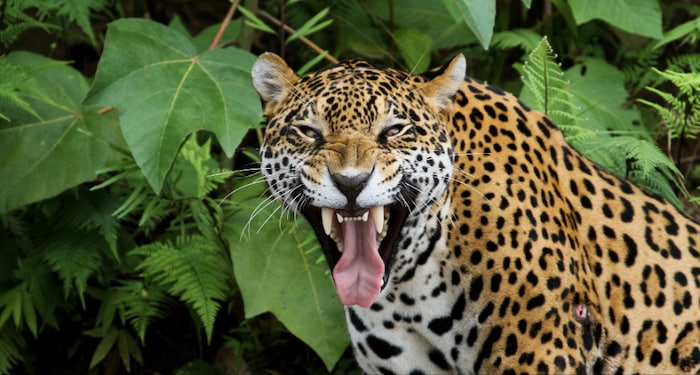
The Warau community is the smallest indigenous group in Guyana; the majority of Warau people live on the other side of the border, in Venezuela, where culture is being decimated quickly by illegal mining. The Guyanese Warau are committed to maintaining a subsistence, rainforest-based lifestyle that enables the maintenance of a reciprocal relationship with the forest. . This interconnectedness between the people and land allows a more cohesive relationship, and responsible tourism is seen as the most effective way to preserve the natural landscape and cultural identity of the Warapoka. As the original inhabitants of the land, their knowledge becomes a crucial voice in conservation efforts. In travelling to Warapoka, visitors are encouraged to join forces with the local indigenous community as the traditional protectors of the land to ensure the rainforest and its immense biodiversity are preserved.
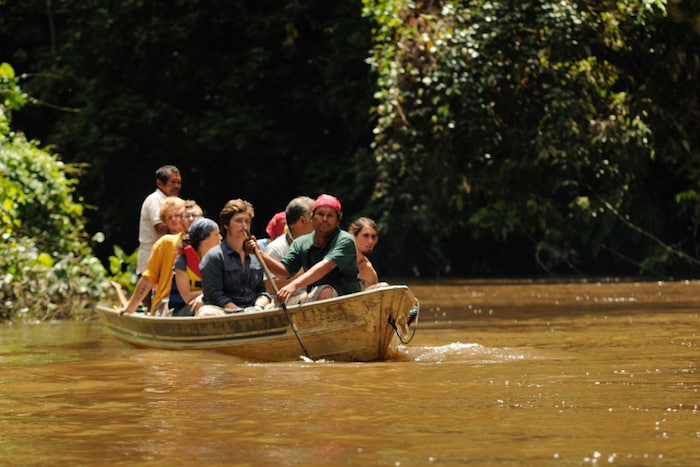
“Leave all your preconceived ideas behind, come to Warapoka to learn. And when you come with that mindset, you’re going to enjoy yourself. Because it’s a whole different kind of experience, it’s different from any other experience I’ve had in any other indigenous village or location across Guyana. It’s really unique.” - Luke Johnson, Guyanese tour guide
Warapoka is opening up their community to foreign tourists for four separate weeks this August. For many in this community, this shift to tourism is a radical ideal that requires them to put faith in this unknown tourism concept. But if tourism really can save the rainforest and create viable economic opportunities in Warapoka, they need visitors. There is tremendous momentum to galvanise their community around this prospect, so this is a unique opportunity to make a massive positive impact on people and culture while supporting this example of ethical, empowering, and regenerative tourism.
For more information on the tour, read here.
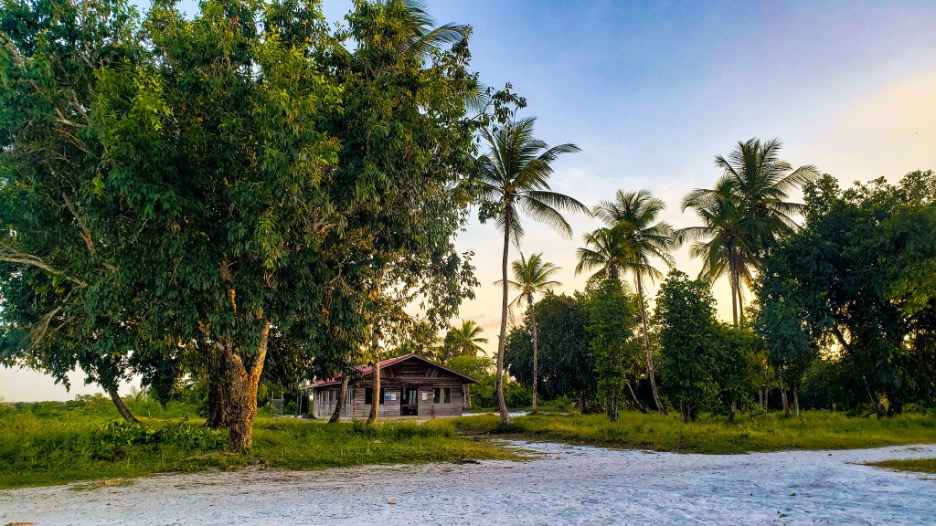
Get in Touch
For more information about the Friends of Wallacea, visit:
https://friendsofwallacea.org/
For more information about the Guyana Tourism Authority, visit:
For more information, contact:
Sophia Wood
Director, Friends of Wallacea
Jennifer Lundt
Community and Community Manager, Solimar International

